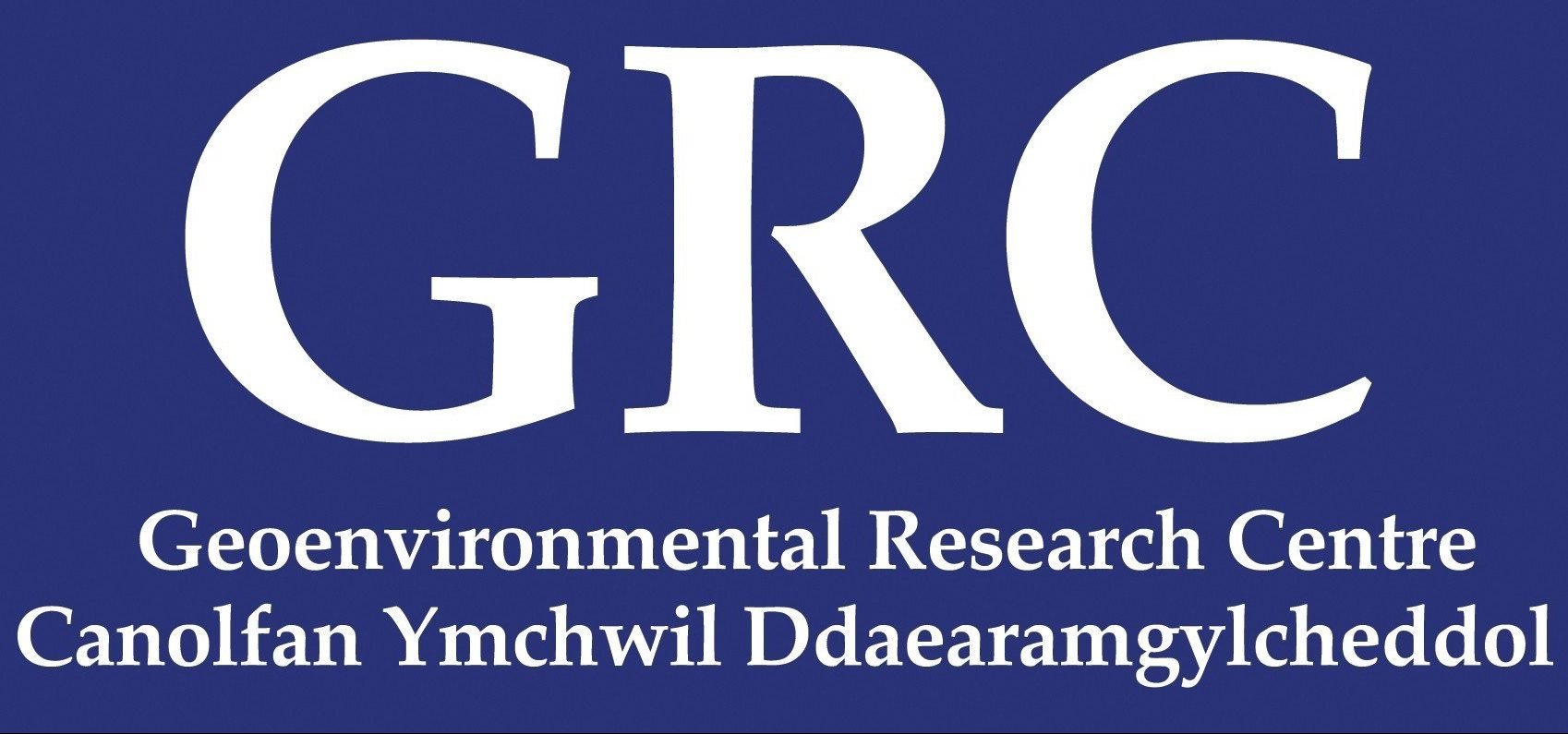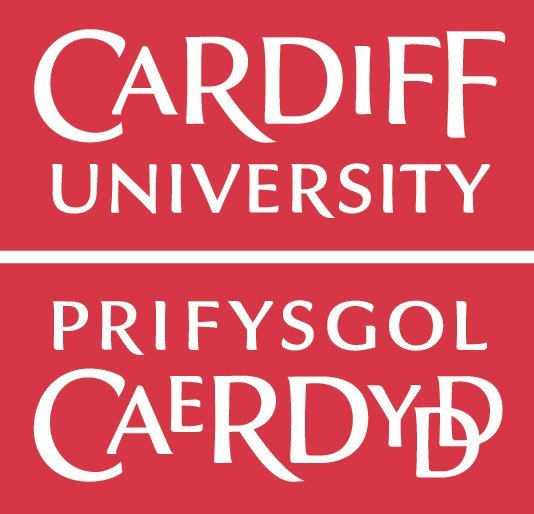
Dr Peter Brabham
Joining Date: 01/01/2014
Peter researches in the practical applications of geophysical techniques to civil engineering, environmental analysis, mineral resources and archaeology. His background lies in the application of high resolution seismic reflection surveying to terrestrial exploration targets, but he has a wide interest in other geophysical surveying techniques such as electrical resistivity tomography (ERT), micro-gravity, magnetics, electromagnetics, 3D laser scanning and GPR. He lectures on exploration geophysics at BSc and MSc level as well as contributing widely to modules in remote sensing, global natural resources, Quaternary Geology and information technology / surveying / sampling / mapping skills training. He is the project training and industrial liaison manager for the MSc. Applied Environmental Geology degree, which has introduced over 600 Masters level students into the professional geo-environmental industry. Based on 25 years of practical experience of student field-skills training, he has co-authored a student text book on basic geological field mapping techniques.
He is a native of the Rhondda Valley and was brought up surrounded by the decline of the coal industry and subsequent brown-field land redevelopment projects which has always fascinated him. He graduated in BSc Geophysics from University College Cardiff in 1982 and subsequently obtained a Ph.D. from Durham University in 1986 on the application of high resolution seismic reflection techniques to opencast coal exploration. He is a Chartered Geologist, an MSc course external examiner and past president of the Southern Wales group of the Geological Society of London.
Peter has published research papers on terrestrial high resolution shallow seismic reflection and its application to the exploration of the shallow sub-surface. In particular he has worked as part of an interdisciplinary research team on Quaternary sequences at coastal sites around North Wales and Cumbria which were formed and later deformed by climate change related glacial fluctuations of ice in the Irish Sea. He has worked on two permafrost mapping projects; a European PACE project investigating the use of geophysical techniques in mapping permafrost in the Alps, plus a CCW funded project investigating relict Pingo sites in Wales. In 2005 he spent time in Svalbard (in the Arctic circle) geophysically mapping active pingos.
Over the past decade he has worked a little closer to home using geophysical mapping techniques to investigate the pollution risks of active and derelict landfill sites in South Wales. He is currently working on the application of multi-technique geophysical mapping and 3D laser scanning of active landslides in the South Wales valleys and Monmouthshire. In 2008 his team won the Cardiff University Innovation Award for their applied landslide studies.
Peter’s passion is in applying new digital mapping and visualization techniques to his teaching and this has resulted in publications and a PhD study with the School of History charting the 3D development of landscape, mining and social issues in South Wales. He gives engagement talks where the audience wear 3D glasses to obtain a spectacular three-dimensional view of Wales’ relationship with landscape, geology & mining. Peter is currently working with the GRC group at Cardiff University on innovative ground energy-related projects.
In his spare time Peter is a very keen photographer of industrial landscapes and has a FLICKR photographic website that has received over 3 million hits. In 2012 he used his photographic library to publish a well-received book on the demise of Barry Docks and its critical role in the growing interest in UK industrial heritage steam railways, due to the World renowned railway locomotive scrapyard that was once located on-site.
View University Profile


